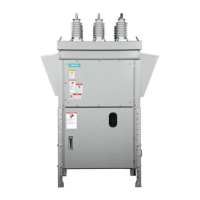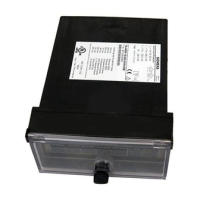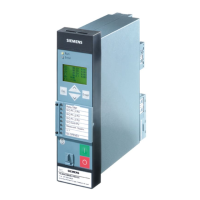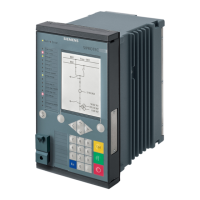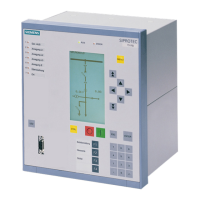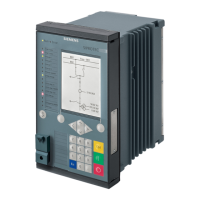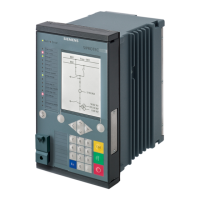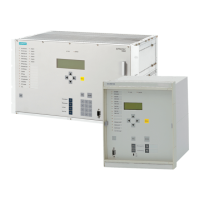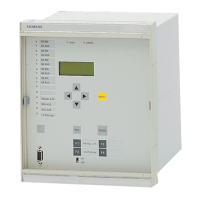Methods of implementing selectivity using circuit breakers
3.5 Zone selective interlocking
Selectivity for 3VA molded case circuit breakers
30 Configuration Manual, 08/2016, A5E03603181010-01
3.5 Zone selective interlocking
With zone selective interlocking (ZSI), the protective devices are interconnected via separate
control wires.
Two communication systems that use different communication channels are provided:
● Central system: The circuit breakers communicate via a central monitoring and control
unit.
● Distributed system: The circuit breakers communicate directly with one another.
The distributed system permits significantly shorter tripping times than the central system.
Since it is normally distributed systems that are used for low-voltage applications, this
chapter shall only discuss zone selective interlocking as it is applied in distributed systems.
The following happens if a short-circuit current and/or a ground fault current is detected by a
circuit breaker:
● The circuit breaker sends a "block" signal to the upstream circuit breaker.
● At the same time, the circuit breaker checks whether a downstream circuit breaker is
sending a "block" signal.
– If the circuit breaker receives a "block" signal, it is delayed by a time period
corresponding to the set delay time t
sd
.
– If the circuit breaker does not receive a "block" signal, it trips.

